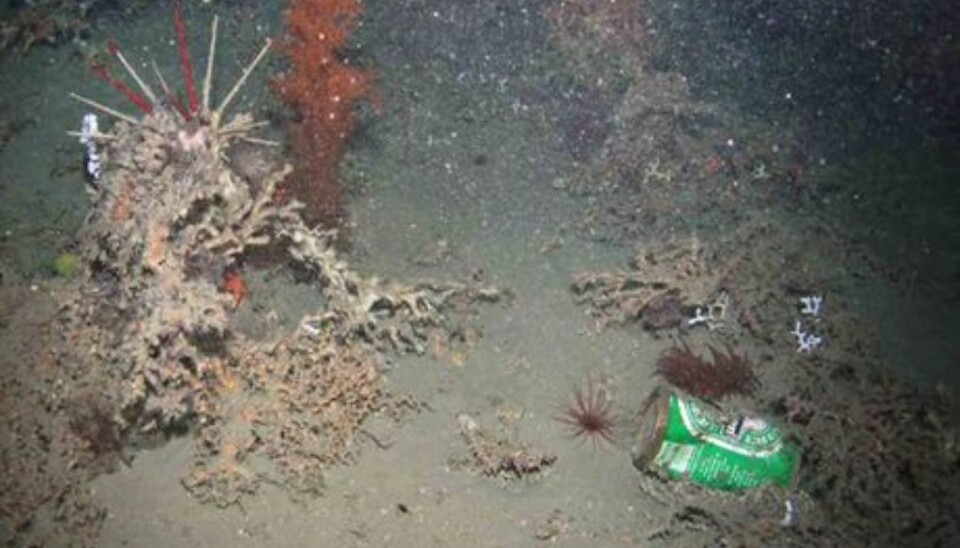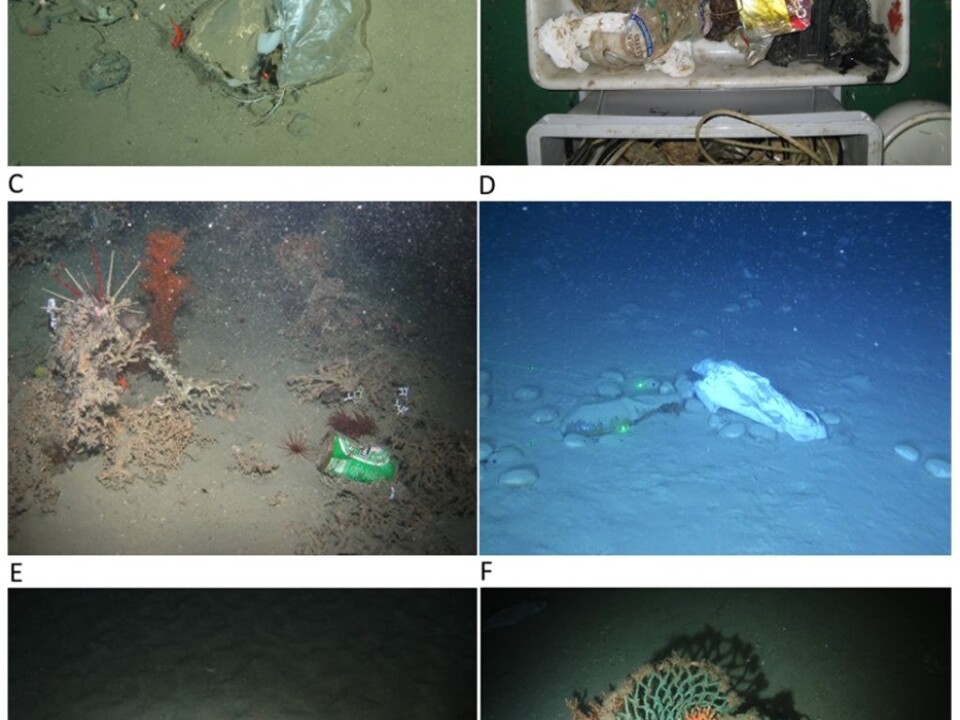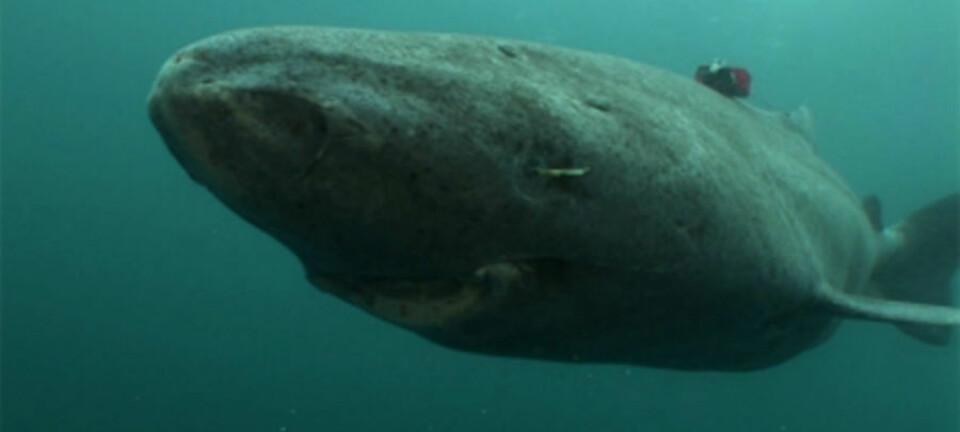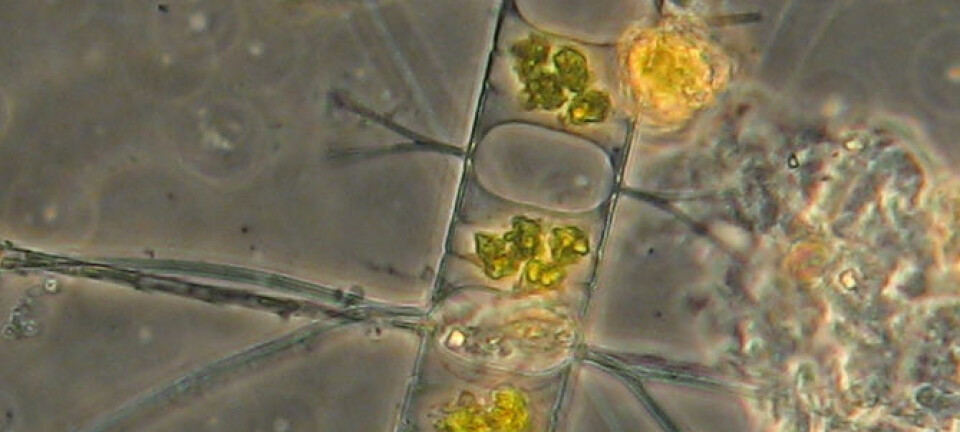An article from NIVA - Norwegian Institute for Water Research

Rubbish found in the deepest ocean depths
Beer cans, plastic bags and other types of human litter are scattered across the deepest seafloor.
Denne artikkelen er over ti år gammel og kan inneholde utdatert informasjon.
The litter was found throughout the Mediterranean, and all the way from the continental shelf of Europe to the Mid-Atlantic Ridge 2,000 kilometres from land.
Litter is a problem in the marine environment as it can be mistaken for food and eaten by some animals or can entangle coral and fish – a process known as “ghost fishing”.
International cooperation
The international study involving 15 organisations across Europe, was led by the University of the Azores, and is a collaboration between the Mapping the Deep Project led by Plymouth University and the European Union-funded HERMIONE Project, coordinated by the National Oceanography Centre, Southampton. Other UK project partners that contributed to the study are the University of Southampton and the British Geological Survey.
Scientists took nearly 600 samples from across the Atlantic and Arctic Oceans and in the Mediterranean Sea, from depths ranging from 35 metres to 4.5 kilometres.

Litter was located at each site surveyed, with plastic accounting for 41 percent and derelict fishing gear 34 percent.
Glass and metal, wood, paper/cardboard, clothing, pottery, and unidentified materials were also observed.
Clinker on the seafloor
Dr Eva Ramirez-Llodra, Marine Biologist from the HERMIONE project and research scientist at Norwegian Institute for Water Research (NIVA) said:
"An interesting discovery was relating to deposits of clinker on the seafloor – this is the residue of burnt coal that had been dumped by steam ships from the late 18th century onwards."
"We have known clinker occurs on the deep-sea bed for some time, but what we found was the accumulation of clinker is closely related with modern shipping routes, indicating that the main shipping corridors have not been altered in the last two centuries," Ramirez-Llodra said.
The report outlines the path that plastics in particular can take, originating from coastal and land sources, and being carried along continental shelves and slopes into deep water.
------------
Read the Norwegian version of this article at forskning.no
































